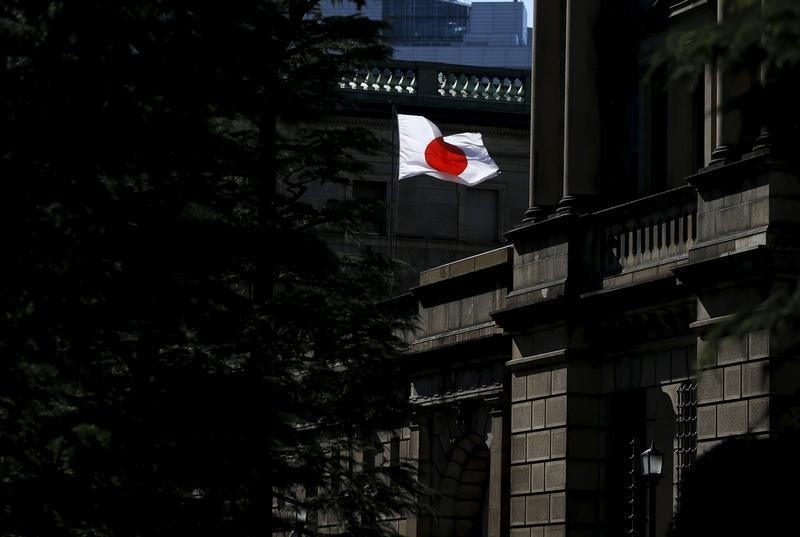
© Reuters.
USD/JPY
-0.21%
Add to/Remove from Watchlist
Add to Watchlist
Add Position
Position added successfully to:
Please name your holdings portfolio
Type:
BUY
SELL
Date:
Amount:
Price
Point Value:
Leverage:
1:1
1:10
1:25
1:50
1:100
1:200
1:400
1:500
1:1000
Commission:
Create New Watchlist
Create
Create a new holdings portfolio
Add
Create
+ Add another position
Close
JP225
-0.05%
Add to/Remove from Watchlist
Add to Watchlist
Add Position
Position added successfully to:
Please name your holdings portfolio
Type:
BUY
SELL
Date:
Amount:
Price
Point Value:
Leverage:
1:1
1:10
1:25
1:50
1:100
1:200
1:400
1:500
1:1000
Commission:
Create New Watchlist
Create
Create a new holdings portfolio
Add
Create
+ Add another position
Close
US10Y…
-0.36%
Add to/Remove from Watchlist
Add to Watchlist
Add Position
Position added successfully to:
Please name your holdings portfolio
Type:
BUY
SELL
Date:
Amount:
Price
Point Value:
Leverage:
1:1
1:10
1:25
1:50
1:100
1:200
1:400
1:500
1:1000
Commission:
Create New Watchlist
Create
Create a new holdings portfolio
Add
Create
+ Add another position
Close
JP10Y…
0.00%
Add to/Remove from Watchlist
Add to Watchlist
Add Position
Position added successfully to:
Please name your holdings portfolio
Type:
BUY
SELL
Date:
Amount:
Price
Point Value:
Leverage:
1:1
1:10
1:25
1:50
1:100
1:200
1:400
1:500
1:1000
Commission:
Create New Watchlist
Create
Create a new holdings portfolio
Add
Create
+ Add another position
Close
Investing.com– The Bank of Japan is widely expected to maintain interest rates at negative levels later on Tuesday, amid continued signals from central bank officials that they are in no hurry to tighten policy.
But any signals from the central bank on when it plans to begin pivoting away from its ultra-dovish policy will be in close focus, especially amid growing expectation that 2024 will be the year that the BOJ ends its yield curve control (YCC) regime.
Short-term rates are expected to be held around negative 0.1%, while the target for the benchmark 10-year bond yield is expected to remain at 0%.
The BOJ had widened the range within which it allowed 10-year yields to fluctuate three times over the past 12 months- its first move to tighten policy since it began its YCC measures in 2016.
While BOJ Governor Kazuo Ueda signaled an eventual end to the YCC policy in 2024, he also recently said that policy will remain loose in the near-term, citing the need for more support for the Japanese economy.
Ueda had also signaled a “challenging” end to the year for the bank, briefly triggering a string of hawkish bets on the yen before officials said policy will remain loose for now.
“Market participants will be seeking for further clarity at the upcoming meeting as to whether the comments may have been misunderstood. For now, broad market expectations are priced for Japan to scrap its negative rates only in the second quarter of 2024,” analysts at IG wrote in a recent note.
A Reuters poll recently showed that a bulk of market participants are looking at a 2024 pivot, although the timing of such a move is seen later in the year, rather than earlier.
Tuesday’s meeting- which is the last major central bank meeting for the year- is expected to offer more cues on plans for an exit from YCC, especially amid growing pressure on the BOJ to consider such a move.
The BOJ was an outlier among major central banks this year, most of which raised interest rates and flagged tighter policy in the face of high inflation. But other central banks- particularly the Federal Reserve- are now set to begin loosening policy in 2024, amid some cooling in the global economy.
Inflation has consistently overshot the BOJ’s 2% annual target for nearly two consecutive years, while 10-year bond yields have also tested their 1% upper limit in recent weeks.
Still, weakness in Japan’s economy may keep the BOJ dovish for the time being. Recent data showed Japan’s economy shrank more than initially expected in the third quarter, following a short-lived boost from tourism.
High inflation, laggard wage growth and a weak yen weighed heavily on consumer spending, which saw gross domestic product shrink 2.9% annually in the quarter.
Source: Investing.com


























